NSGIC Launches "Geo-Enabled Elections" Project to Enhance Elections Management with Geospatial Data & Technology
Today, the National States Geographic Information Council (NSGIC) announced a two-year project dubbed “Geo-Enbled Elections” Project to boost state-led efforts to standardize the application of geographic information systems (GIS) to support elections management and engagement between office holders and their constituents. These essential upgrades will benefit voters by increasing political boundary precision—so they know with certainty who represents them and what will be on their ballots each election.
The Geo-Enabled Elections Project will compile and promote best practices for the use of GIS to develop and sustain a map-based digital database to support state election offices that contains:
- State, municipal, and local service district boundaries
- Voting precinct boundaries, precinct assignments, and polling places
- Constituent service areas to connect residents to elected officials, government services, public notices, and other location specific information
“The information systems behind our elections process can benefit greatly from integrating precise, authoritative geographic data. This has never been more important, as it will enhance efficiency and integrity while laying the groundwork to better connect constituents with their representatives and available government services” said NSGIC Executive Director Molly Schar. “In partnership with the bipartisan Democracy Fund Voice, we will be working to dramatically enhance the quality, efficiency, and collective trust in election systems in states across the country.”


 Augusta Ada King, Countess of Lovelace (December 10, 1815 - November 27, 1852) was the only child of the poet Lord Byron and his wife Anne Isabella Byron. Byron separated from his wife a month after Ada was born and left England forever four months later. Ada's mother remained bitter at Lord Byron and promoted Ada's interest in mathematics and logic in an effort to prevent her from following in her father’s footsteps.
Augusta Ada King, Countess of Lovelace (December 10, 1815 - November 27, 1852) was the only child of the poet Lord Byron and his wife Anne Isabella Byron. Byron separated from his wife a month after Ada was born and left England forever four months later. Ada's mother remained bitter at Lord Byron and promoted Ada's interest in mathematics and logic in an effort to prevent her from following in her father’s footsteps.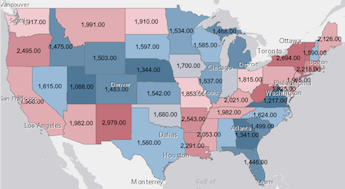
 Holly St. Clair, chief digital officer for the Commonwealth of Massachusetts, will deliver the keynote address to kick off the 2017 Annual Conference of the National States Geographic Information Council (NSGIC) on September 26 in Providence, RI.
Holly St. Clair, chief digital officer for the Commonwealth of Massachusetts, will deliver the keynote address to kick off the 2017 Annual Conference of the National States Geographic Information Council (NSGIC) on September 26 in Providence, RI.
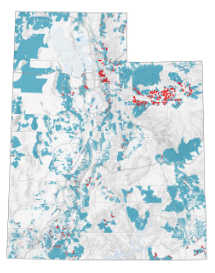
 National States Geographic Information Council
National States Geographic Information Council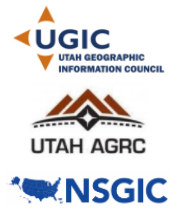 So for the goal of working more with UGIC, I didn't feel like anybody needed much persuasion. Rather, it was about making it easier to connect and participate. And to make that easier, we started by upgrading from individual-level NSGIC membership to the State Leaders 5-person membership package. By doing so, we added 4 Utah members, a mix of other state agency GIS managers and
So for the goal of working more with UGIC, I didn't feel like anybody needed much persuasion. Rather, it was about making it easier to connect and participate. And to make that easier, we started by upgrading from individual-level NSGIC membership to the State Leaders 5-person membership package. By doing so, we added 4 Utah members, a mix of other state agency GIS managers and 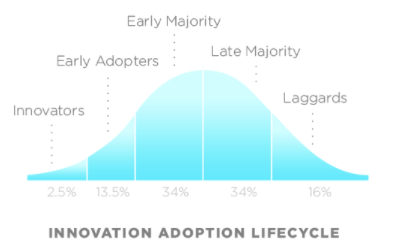 This isn’t original but it's worth restating.
This isn’t original but it's worth restating.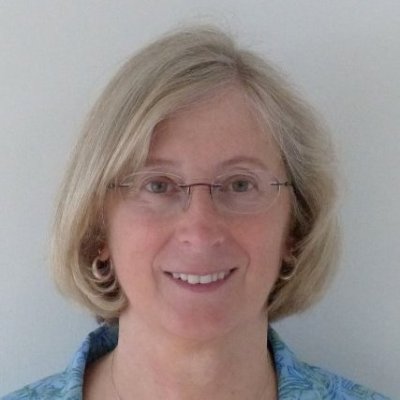 Washington State GIS Coordinator Joy Paulus is just four days away from retirement. With 30 years of experience in the use, implementation and management of geospatial data and delivery of service, Joy first became a NSGIC member in 2002. Her GIS career took her to Arizona, Vermont, and finally, Washington, where she became the GIS coordinator for the state in 2007. Her awards for environmental data management and coordination include the Washington Governing for Results Award, Efficiency in State Government Award, and Esri Special Achievement in GIS Award. Joy served NSGIC in leadership roles as a committee volunteer and frequent presenter at conferences and meetings.
Washington State GIS Coordinator Joy Paulus is just four days away from retirement. With 30 years of experience in the use, implementation and management of geospatial data and delivery of service, Joy first became a NSGIC member in 2002. Her GIS career took her to Arizona, Vermont, and finally, Washington, where she became the GIS coordinator for the state in 2007. Her awards for environmental data management and coordination include the Washington Governing for Results Award, Efficiency in State Government Award, and Esri Special Achievement in GIS Award. Joy served NSGIC in leadership roles as a committee volunteer and frequent presenter at conferences and meetings.  I spent an hour or so this rainy weekend planning for a future trip to Nevada’s
I spent an hour or so this rainy weekend planning for a future trip to Nevada’s